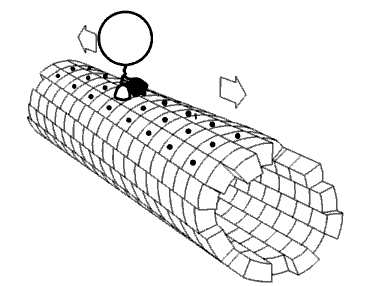
Photo from academic.microsoft.com
The switching/Gaussia (SWIG) algorithm for intrinsically smooth discretisation of the van der Waals cavity surface, for use in implicit solvation modelling, is extended here to the case of the solvent-excluded… Click to show full abstract
The switching/Gaussia (SWIG) algorithm for intrinsically smooth discretisation of the van der Waals cavity surface, for use in implicit solvation modelling, is extended here to the case of the solvent-excluded surface (SES), also known as the Connolly surface or sometimes the molecular surface. In conjunction with a polarisable continuum model (PCM), SES-SWIG discretisation affords continuum electrostatics that vary smoothly with respect to the nuclear coordinates, with a solvation energy that is analytically differentiable with respect to those coordinates. If the SES is the desired cavity construction, then the PCM + SES-SWIG method represents an efficient, boundary-element alternative to three-dimensional, finite-difference solution of Poisson's equation. The algorithm introduced here allows the SES to be constructed and discretised quickly and easily, and its analytically differentiable form paves the way for derivation of analytic gradients. GRAPHICAL ABSTRACT
Journal Title: Molecular Physics
Year Published: 2019
Link to full text (if available)
Share on Social Media: Sign Up to like & get
recommendations!